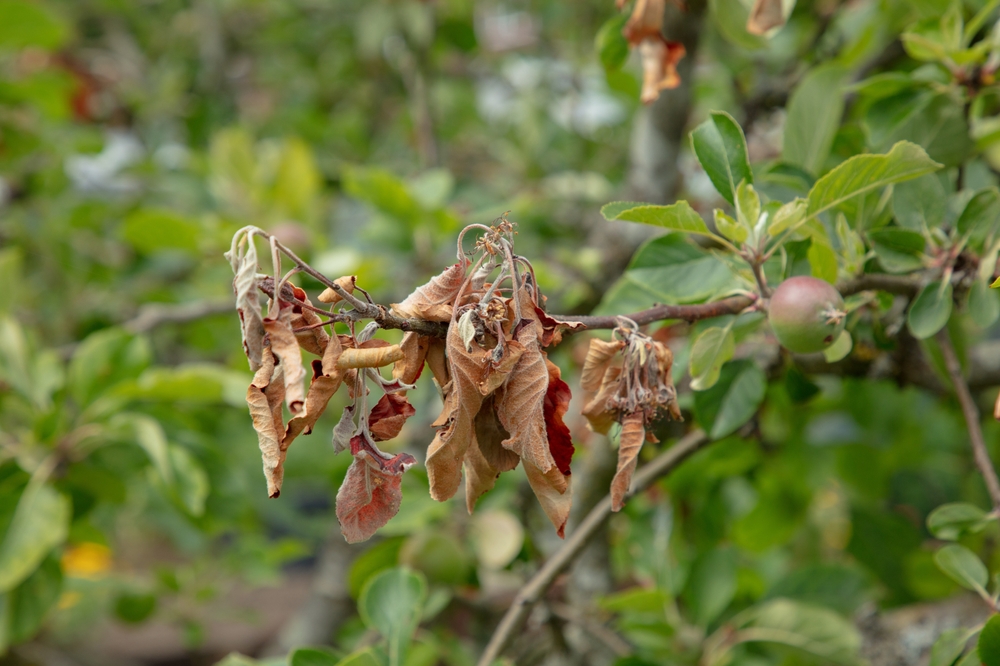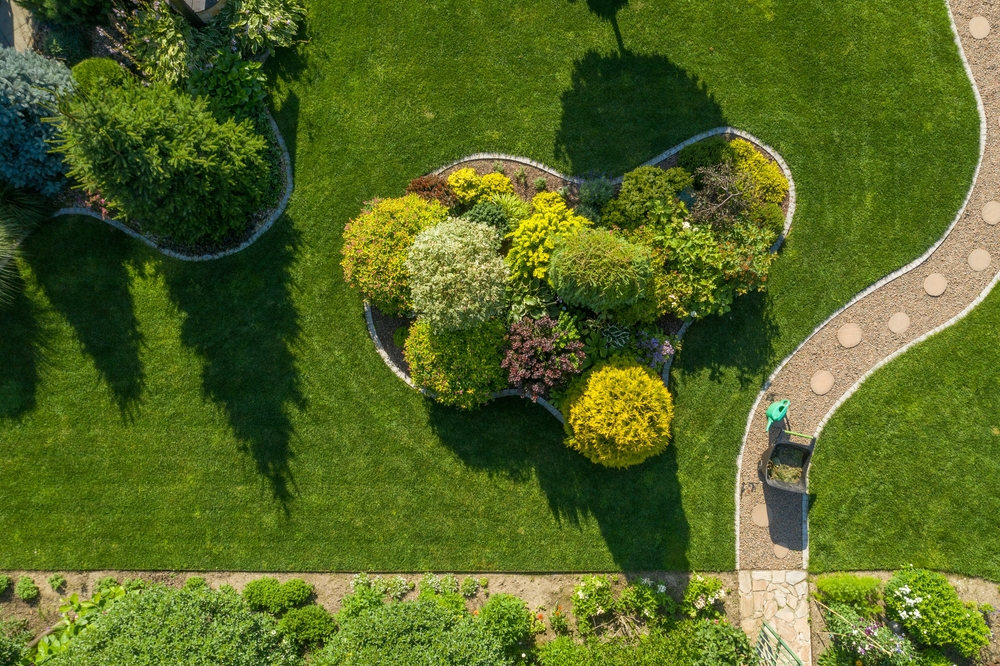Top 5 Tree Diseases in Southern California and How Vista Homeowners Can Prevent Them
Southern California’s warm, dry climate provides an ideal environment for lush landscapes and thriving trees, but it also creates conditions where several tree diseases flourish. Vista homeowners, in particular, face unique challenges in maintaining the health and beauty of their trees due to the region’s weather patterns, soil types, and prevalent pests. Tree trimming, disease prevention, regular inspections, and proper treatment are critical steps for protecting your property’s greenery. In this article, we’ll explore the top five tree diseases affecting Southern California, how they spread, and effective strategies Vista homeowners can use to safeguard their trees for years to come.
1. Fire Blight: The Fast-Spreading Bacterial Menace
Fire Blight, caused by the bacterium Erwinia amylovora, is one of the most destructive tree diseases in Southern California, particularly affecting fruit-bearing trees such as pear, apple, and ornamental varieties like pyracantha and hawthorn. The disease thrives in warm, moist environments, making Vista’s spring and early summer conditions perfect for outbreaks. Infected branches often appear scorched or burnt, hence the name “fire blight.”
Homeowners can reduce the risk of infection through early detection and routine inspections. The disease spreads rapidly through rain, irrigation, and insects, so keeping an eye out for symptoms like blackened leaves, oozing cankers, and dieback is essential. Strategic tree trimming during the dormant season helps remove infected limbs and prevent the bacteria from spreading further. Additionally, timely treatment with bactericide sprays and maintaining proper tree nutrition are effective measures for controlling outbreaks. The key is proactive disease prevention—once Fire Blight sets in, managing it becomes significantly more challenging.
2. Oak Root Fungus: A Silent Killer Beneath the Soil
Oak Root Fungus, scientifically known as Armillaria mellea, is a devastating soil-borne disease that impacts a wide range of tree species, including oaks, citrus, and ornamental shrubs commonly found in Vista’s landscapes. Unlike diseases that attack visible parts of the tree, Oak Root Fungus targets the root system, causing slow decline, dieback, and ultimately tree death if left untreated.
Because the fungus spreads through underground root contact and contaminated soil, routine inspections are critical for early identification. Symptoms include thinning foliage, stunted growth, and white fungal mats beneath the bark near the tree’s base. Professional arborists often recommend tree trimming to reduce canopy density, which lowers stress on the tree and improves airflow. Treatment typically involves improving soil drainage, removing infected stumps, and applying fungicides where appropriate. By combining these strategies with consistent disease prevention efforts, Vista homeowners can significantly improve their trees’ resilience and minimize the risk of widespread damage.
3. Polyphagous Shot Hole Borer Infestation and Fusarium Dieback
The Polyphagous Shot Hole Borer (PSHB) is a small, invasive beetle wreaking havoc on Southern California’s trees, particularly in coastal areas like Vista. While the beetle itself bores into tree trunks and branches, the real damage comes from the Fusarium fungus it carries. Once introduced, the fungus blocks the tree’s vascular system, disrupting water flow and leading to dieback and eventual death if not addressed quickly.
Unlike some diseases, PSHB infestations can affect a wide variety of species, including sycamores, willows, and avocados, making it one of the region’s most pressing concerns. Early detection is critical. Signs of infestation include tiny entry holes on trunks, oozing sap, and sawdust-like material near the base of trees. Routine inspections conducted by certified arborists can help catch the problem before it spreads. Proper tree trimming to remove affected limbs, combined with targeted treatment solutions, offers the best chance of managing the issue. For long-term disease prevention, homeowners should focus on maintaining overall tree health, as stressed or weakened trees are more vulnerable to infestation.
4. Anthracnose: The Seasonal Leaf Disease
Anthracnose is a common fungal disease in Southern California, particularly prevalent among sycamores, oaks, and ash trees. Unlike some aggressive pathogens, Anthracnose primarily affects leaves and young shoots, causing browning, spotting, and premature leaf drop during the spring. While it rarely kills mature trees, repeated infections can weaken them over time, making disease prevention crucial.
Vista homeowners can manage Anthracnose through consistent tree care practices. Strategic tree trimming promotes better air circulation, reducing the moisture levels that fungi need to thrive. Applying fungicidal sprays during the early growing season can also help limit outbreaks. More importantly, conducting regular inspections allows homeowners to catch the disease early, preventing it from spreading to surrounding trees. Proper watering schedules and avoiding overhead irrigation further reduce favorable conditions for fungal growth, ensuring trees remain healthier and more resistant year-round.
5. Sudden Oak Death: A Rising Threat in Southern California
Although Sudden Oak Death (Phytophthora ramorum) has historically been more prevalent in Northern California, recent environmental changes and shifting weather patterns have made it an increasing concern for Vista homeowners. This water mold pathogen attacks oak species and related plants, leading to rapid decline and death in susceptible trees. The disease spreads through contaminated soil, water runoff, and infected nursery stock, making it a particularly challenging issue to control.
Homeowners should prioritize inspections, especially for live oaks, tanoaks, and coast redwoods, which are highly susceptible. Symptoms include bleeding cankers on trunks, browning foliage, and dieback of entire branches. While there is no permanent cure, early treatment options—such as applying phosphonate-based fungicides—can slow progression and improve tree survival rates. Tree trimming to remove diseased branches and enhance airflow is also an effective preventive measure. By investing in disease prevention strategies and professional evaluations, homeowners can better protect their landscapes from this emerging threat.
Conclusion
Protecting your Vista property’s trees from the top five diseases in Southern California requires a proactive, comprehensive approach. Regular inspections, proper tree trimming, and timely treatment strategies are essential to maintaining healthy, resilient landscapes. Fire Blight, Oak Root Fungus, PSHB-related Fusarium Dieback, Anthracnose, and Sudden Oak Death all pose serious threats, but early detection and consistent care dramatically increase the chances of saving affected trees. Homeowners who partner with certified arborists and adopt strong disease prevention measures will not only protect their property’s natural beauty but also contribute to the region’s broader environmental health. By staying vigilant and informed, Vista residents can ensure their trees thrive for generations to come.
Need Tree Services Near You?
Ready to transform your outdoor space or tackle that tree project you’ve been putting off? At Vista Valley Tree Service, Inc., we’re here to help with expert care and a friendly touch. Whether it’s trimming, removal, or a full restoration, our skilled team is equipped and insured to handle it all safely and efficiently. We take pride in delivering top-tier results while keeping your property and satisfaction at the heart of everything we do. Reach out to us today for your free estimate—we can’t wait to bring our trusted services to your yard!

